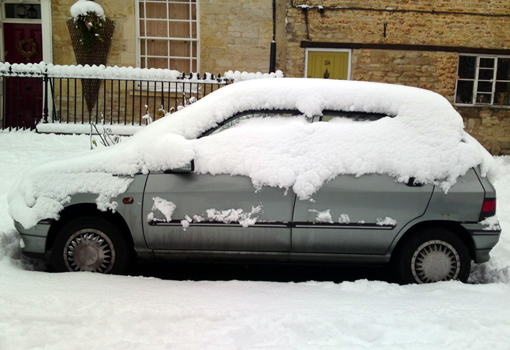Order winter tyres now, says IAM
THE Institute of Advanced Motorists (IAM) says drivers planning to fit winter tyres to their vehicles should order them to beat the rush.
In many other countries, where the winters are harsh, it is a normal thing to switch to winter tyres and, following the last two poor winters, more drivers here are seeing the benefits.
Winter tyres are not just a gimmick — they have a different tread pattern to give better grip on snow and ice and are made of a different rubber compound which stays flexible and keeps its grip as temperatures fall below freezing.
They are not suitable for year-round use, but make sense for motorists in more remote areas where conditions are likely to be more severe and for longer periods and when they have to make journeys in poor weather.
Should drivers not want to fit winter tyres alternatives are to carry snow chains or snow socks, which can be put over tyres when snow deepends. Snow socks are essentially made of strong fabric which stretches over the tyre and grips snow far better than rubber.
They can both be used with standard tyres and take up very little room in the boot and can be stored away easily during the summer.
IAM chief examiner Peter Rodger said: “The weather we experience in the UK is nowhere near as severe as many other countries, but with the past two winters having been particularly bad, motorists in the hardest-hit areas may feel reassured to have the extra grip winter tyres afford.
“But weigh up the expense. A full set will cost £400-£500, and most drivers won’t detect any significant difference in grip until the temperature is freezing. Most importantly, if conditions are really treacherous you should just consider postponing the journey and staying at home. Even if the mercury drops to below zero, safe and sensible driving will mean you shouldn’t have any cause for emergency stops, and so little need to test your tyres to their limits.”
Whatever tyres are fitted, regular checks of tread depth and pressure are even more important in winter. Performance in snow, ice or sub-zero conditions will reduce significantly if the tread depth falls below 3mm. Pressure should be checked with the tyres cold – that means they should have been driven no more than a mile.
IAM advises drivers not to be tempted to reduce pressure to increase grip. Tyres with low pressure do not have any more grip and are prone to overheating and blowouts.

